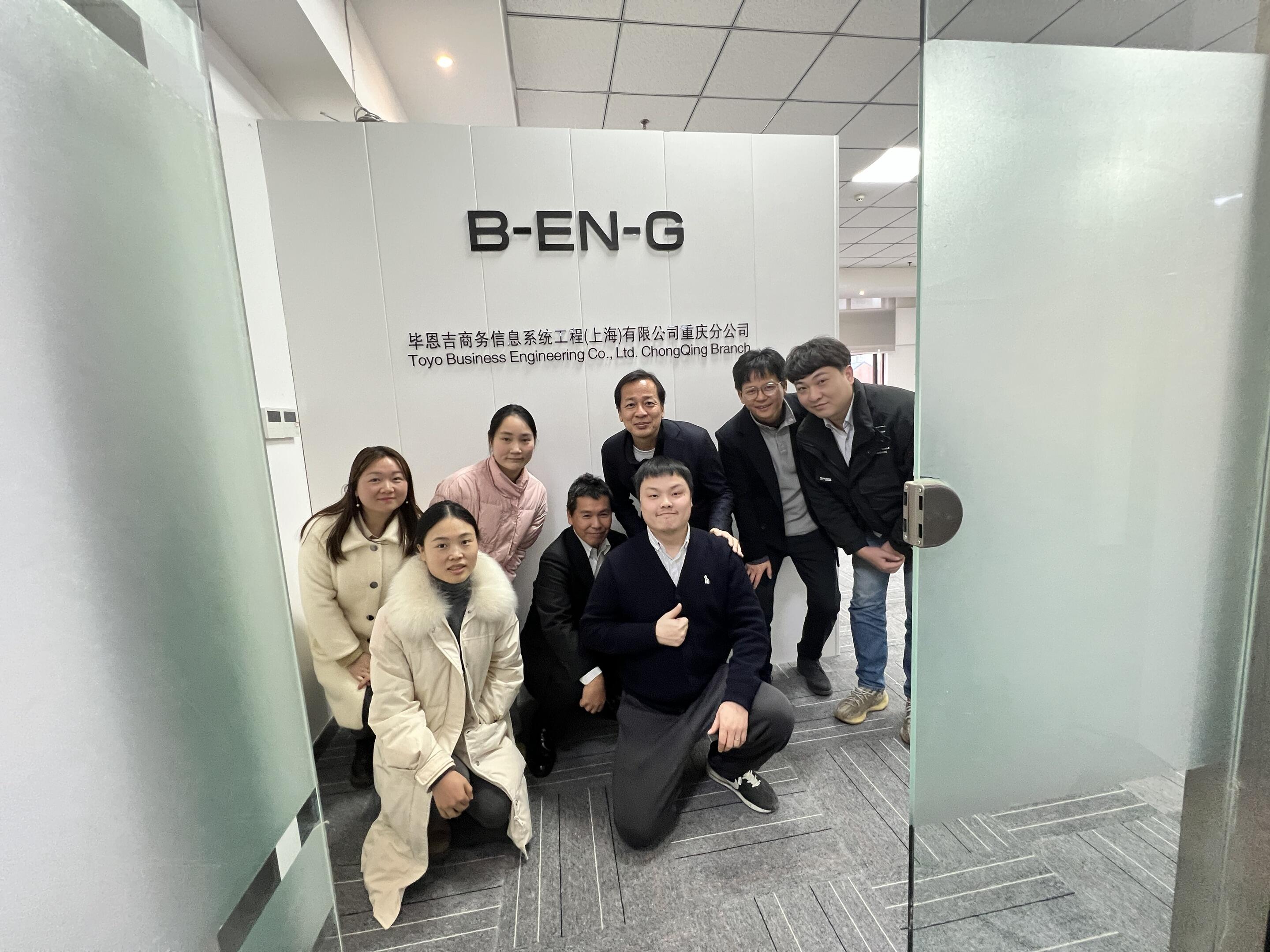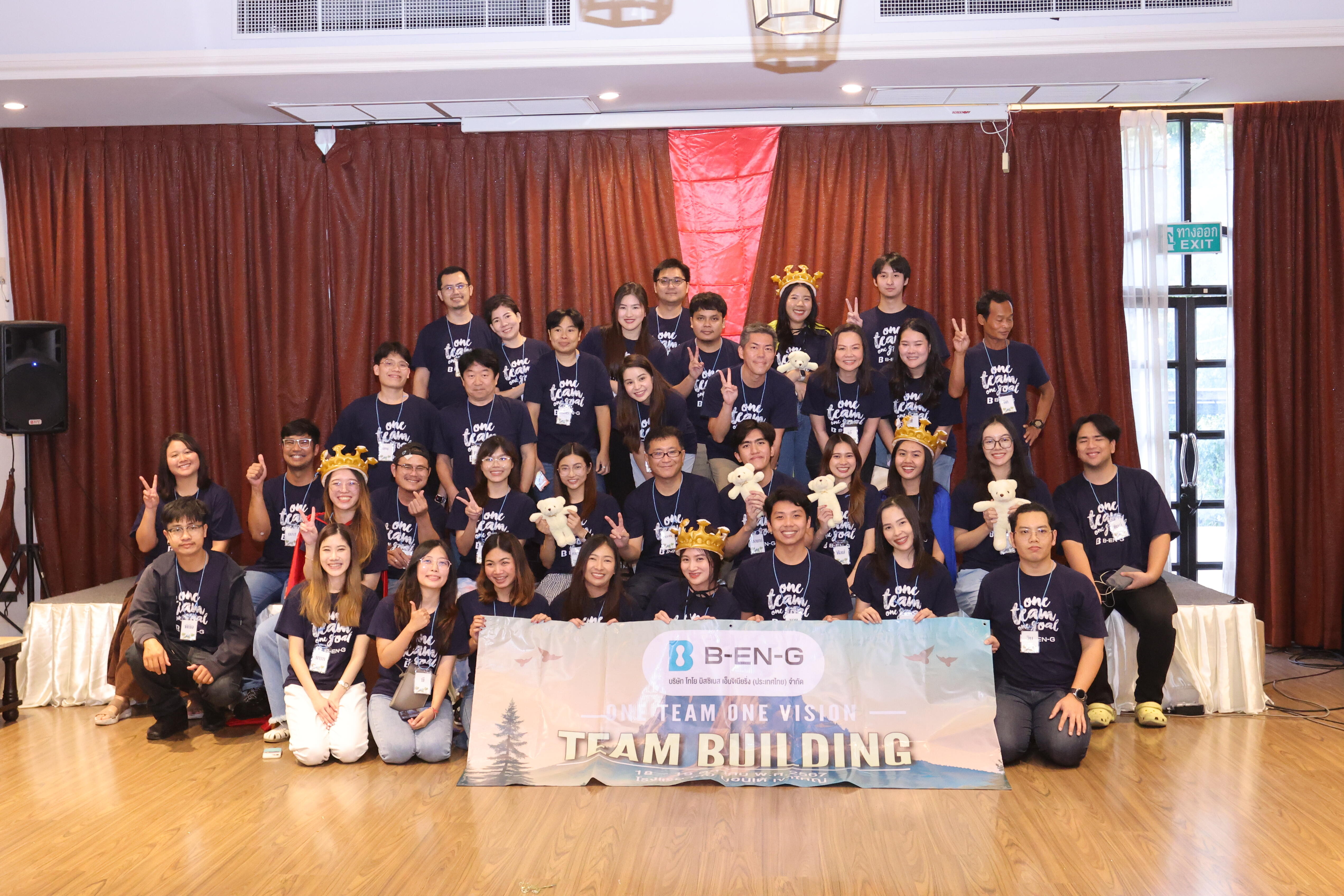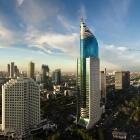Speaker: Business Engineering Corporation
Solutions Business Headquarters
Digital Enterprise Headquarters, Enterprise Solutions Department 2
consultant
Akihiro Hori

Akihiro Hori, who has a passion for programming, began his career as an ERP system developer using SAP's ABAP language. He then moved to B-EN-G and began his career as an SCM consultant. He is currently leading an SAP S/4HANA renewal project at a manufacturing company, leading the construction of a general-purpose system that can support a variety of production methods, including repetitive production and individual orders. He has particularly demonstrated outstanding skills in problem-solving through model definition based on BOM, the foundation of manufacturing, and his efforts are beginning to show results such as more refined cost management.
From ERP system developer to SCM consultant
Akihiro Hori studied economics at university, but began his career as an ERP system developer using SAP's ABAP (Advanced Business Application Programming) language. At the company he joined as a new graduate in 2013, he mainly gained experience in downstream processes, from basic design to maintenance, with a focus on fault analysis.
A major turning point came for Hori in 2017, his fourth year in the workforce, when he changed jobs to B-EN-G and began a new path as an SCM consultant.
"SAP's ERP modules are broadly divided into accounting and production management modules, but I felt that the production management module was the best fit for me. I was particularly interested in the logic behind MRP (material requirements planning), and I wanted to fully explore the world of SCM (supply chain management), so I jumped into B-EN-G." (Hori)

Since changing jobs, he has gained experience in add-on development, migration, and maintenance for SAP's MM (Inventory Management), SD (Sales Management), and FI (Financial Accounting) modules at a machinery manufacturer, as well as S/4 HANA renewal at a cosmetics manufacturer and SAP S/4 HANA implementation at a pharmaceutical manufacturer.He is currently primarily involved in an SAP S/4 HANA renewal project at a major manufacturer with multiple businesses, including the steel and machinery industries.He is now in his fifth year as leader of the construction of a standard production management system for the PP (Production Management), MM, CO (Cost Management), and PS (Project Management) modules.
Problem-solving through model definition based on BOM
The project he is currently involved in is the renewal of SAP S/4HANA for a manufacturing company that handles everything from mass production to custom-made orders. Hori plays an important role in this project, bridging business requirements and technical specifications.
The goal of this project is to lead the upgrade of the ERP system across multiple business locations and to build a general-purpose system that can accommodate a variety of production methods, such as repeat production and individual orders. The basic approach is to utilize the standard functions of SAP while improving interfaces with peripheral systems to accommodate the unique business requirements of each business location.
"The most important thing is to shorten the lead time for system implementation, and we also need to ensure operational flexibility and maintainability that will support stable operation over the long term. We can achieve this by creating templates that can be deployed company-wide." (Hori)
However, needless to say, this is not an easy task.
"When considering a production management model, the first thing that must be considered is the production format. However, when we tried to model production formats based on customer requests, differences in understanding arose due to the diversity of definitions, and it was not easy to reach a consensus. Furthermore, if we individually optimized for each production format, even the inventory points would be fixed, and if this were to be the center of the model, the flexibility of the system would be lost. These were the first obstacles that prevented us from creating templates." (Hori)
To solve this problem, Hori chose to define a model based on the BOM (bill of materials), which is the foundation of manufacturing.

"This makes it possible to select the optimal engineering method from the perspective of the manufacturer who realizes the product concept. This is because the production management method and the method of providing value through the supply chain are heavily dependent on the BOM management procedures." (Hori)
Effectively combine PLM, ERP, and MES with BOM as the axis
Let's take a closer look at the "BOM-based model definition" that Hori was so keen to adopt. The main aim is to organize and understand the extent to which individual design will be required depending on the order type.
"In product design, there are 'variable parts' that are individually designed to meet customer specifications, and 'fixed parts' that do not change. The key to manufacturing is how to identify these 'fixed parts', define them as areas for repeated production, and build a system there to pursue productivity. On the other hand, for the 'variable parts', it is necessary to build a system that flexibly links design content to production execution so that the lead time required by the customer can be met." (Hori)
As a concrete solution, the consulting team led by Hori provided a template process flow that took into consideration the characteristics of each BOM model in advance. Furthermore, they prepared a checklist that clarified the fit and gap points when actually implementing this process flow at each business location, and led smooth discussions to derive the to-be process.
"We aim to shorten lead times at the same level by identifying common themes that should be discussed at each business location and reducing the impact of variations in the skills and experience of the consultants involved," says Hori.
From the perspective of the digital thread, it also makes sense to make the BOM a key factor in the template. This is because the BOM is always at the center of a system that effectively connects PLM (product lifecycle management), ERP (enterprise resource planning), and MES (manufacturing execution system). A consistent theme through the digital thread is also necessary to use insights gained from data analysis that integrates each system to improve operations.

"For example, when analyzing cost management data, it is important to know how to feed back information based on actual costs into cost planning and cost improvement. This system also differs depending on the BOM management procedures, so a uniform data analysis system cannot be used and individual responses using a digital thread are required." (Hori)
Refining cost management and future prospects
What specific results are expected as the company overcomes the many difficulties mentioned above? For example, one of these results is the refinement of cost management, which has previously been carried out in a manner similar to "rough calculations."
"We have introduced standard cost analysis for individual order production and are working to visualize costs for each order. We are developing a standardized solution with an eye toward expanding to other business locations, and our goal is to create benefits from the SAP S/4HANA innovation." (Hori)
However, the expansion of templates for digitalization at each business location is still insufficient, and B-EN-G also needs to further expand the scope of its support.
For example, even within a business that produces individual orders, the approach will differ depending on whether or not M-BOM (manufacturing bill of materials) management has been established to some extent. If M-BOM management is in place, it is possible to reduce costs and automatically allocate actual costs by using SAP's PMMO (Project Manufacturing Management and Optimization) module to group WBS elements and consolidate arrangements.
On the other hand, for business locations where M-BOM management has not yet fully taken hold, it is necessary to consider how to utilize BOM to make improvements. For example, if manufacturing management is performed using MES, by maintaining dummy routings in SAP that are suitable for planned cost management, the constraints on M-BOM creation can be removed, and cost improvements can be made through ERP integration.
"We believe that our mission as a consulting team going forward is to closely examine best practices for various design methods, production volumes, and cost management methods, and provide optimal data analysis methods based on that knowledge." (Hori)
In this environment, Hori, while maintaining a rigorous technical approach and attention to detail, also puts effort into mentoring and training his juniors. By breaking down the technical content he has a deep understanding of into digestible granularity and communicating it to his team members, he aims to improve understanding of the entire project and ensure quality.
We are also keeping a close eye on the latest market trends, including SAP Business Suite.
"The system architecture for SAP Business Suite is designed to incorporate a 'flywheel effect', whereby applications, data, and AI elements complement each other and increase their value. In order to keep up with changes in the market, it is important to have a deeper understanding of SAP's business strategy. In particular, we need to encourage customers who are still using on-premise environments to gradually migrate to private clouds and public clouds." (Hori)
"In order to steadily bring about change, one step at a time, we consultants ourselves need to change our mindset, quickly master new technologies, and take concrete steps to eliminate concerns about the cloud," says Hori, with renewed determination as he aims to reach new heights as an SCM consultant who will lead the digital transformation of many manufacturing industries.









